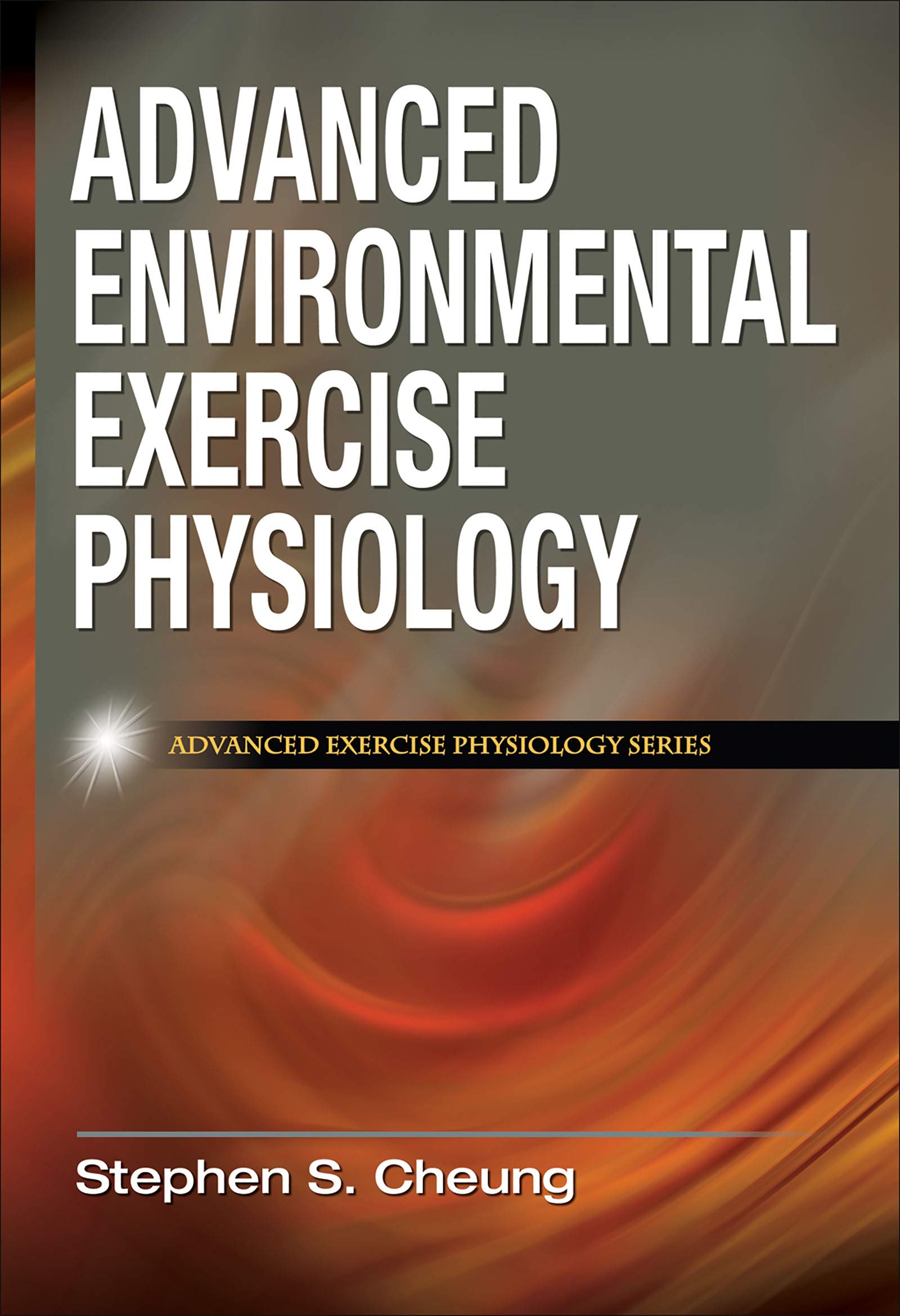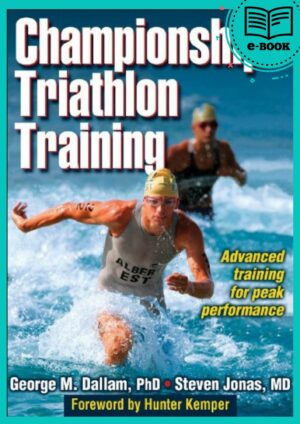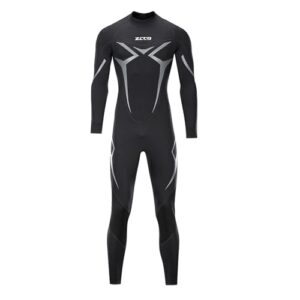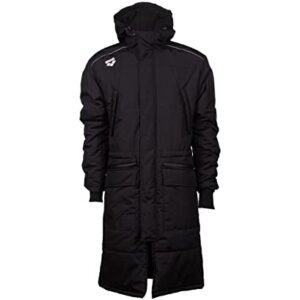Advanced Environmental Exercise Physiology
Students entering advanced study of environmental physiology may have little experience in researching environmental physiology or may not realize the depth and breadth of the field. Advanced Environmental Exercise Physiology offers the first complete look at the scope and major ideas of environmental exercise physiology. It provides students with a solid grounding in prominent research topics and a thorough understanding of the key concepts and current debates in the field. Using an integrative approach, Advanced Environmental Exercise Physiology, the first book in Human Kinetics’ Advanced Exercise Physiology series, considers the human capacity to exercise in and tolerate various environments.
200 en stock
€ 9.00

Chapter 1. Overview of Environmental Physiology
Interdisciplinary Design Issues
Common Terminology in Environmental Physiology
Common Research Themes
Chapter 2. Fundamentals of Temperature Regulation
Heat Balance Equation and Factors Affecting Heat Exchange
Models of Thermoregulatory Control
Thermal Stress Scales
Chapter 3. Heat Stress
Direct Effects of Hyperthermia
Pace Selection With Hyperthermia
Individual Variability in Heat Tolerance
Cooling Strategies
Chapter 4. Hydration Strategies for Exercise
Physiology of Fluid Balance
Developing a Hydration Strategy
Chapter 5. Cold Air Exposure
Manual Function in the Cold
Cold Injuries to the Extremities
Physiological Responses to Exercise in the Cold
Chapter 6. Cold Water Immersion
Sudden Immersion and Cold Shock
Muscle Failure in the Cold
Hypothermia
Post-Rescue Collapse
Chapter 7. Diving and Hyperbaric Physiology
The Physics of Diving
Respiratory Responses to a Hyperbaric Environment
Barotrauma
Decompression Sickness
Inert Gas Narcosis
Saturation Diving
Chapter 8. Training and Performing at Moderate Altitude
Models of Physiological Responses to Hypoxic Stimulus
Genetic Basis of Altitude Performance
Live Low, Train High
Live High, Train High
Live High, Train Low
Hyperoxia
Considerations in Applying Altitude Training
Chapter 9. Mountaineering and High Altitude Physiology
Physiological Responses to High and Extreme Altitudes
High Altitude Illnesses
Chapter 10. Microgravity and Spaceflight
The Microgravity Environment
Physiological Responses to Microgravity
Exercise Countermeasures
Extravehicular Activity Physiology
Spacesuit Design
Radiation Exposure
Chapter 11. Exercise in Polluted Environments
Air Quality Indices
Ozone Effects on Health and Exercise
Managing Air Pollution for Athletes
Chapter 12. Chronobiological Rhythms and Exercise Performance
Sleep–Wake Cycle Basics
Circadian Pattern in Exercise Capacity
Sleep Deprivation
Shift Work
Jet Lag
Informations complémentaires











